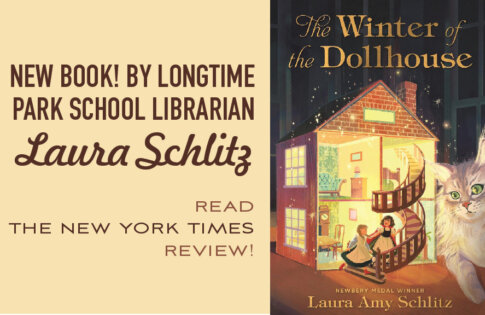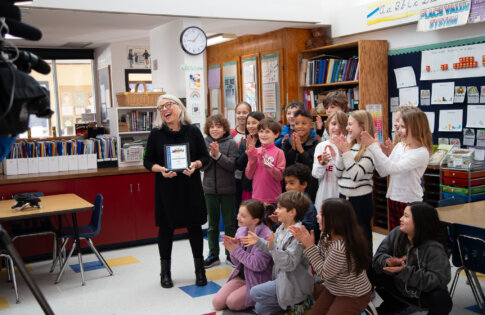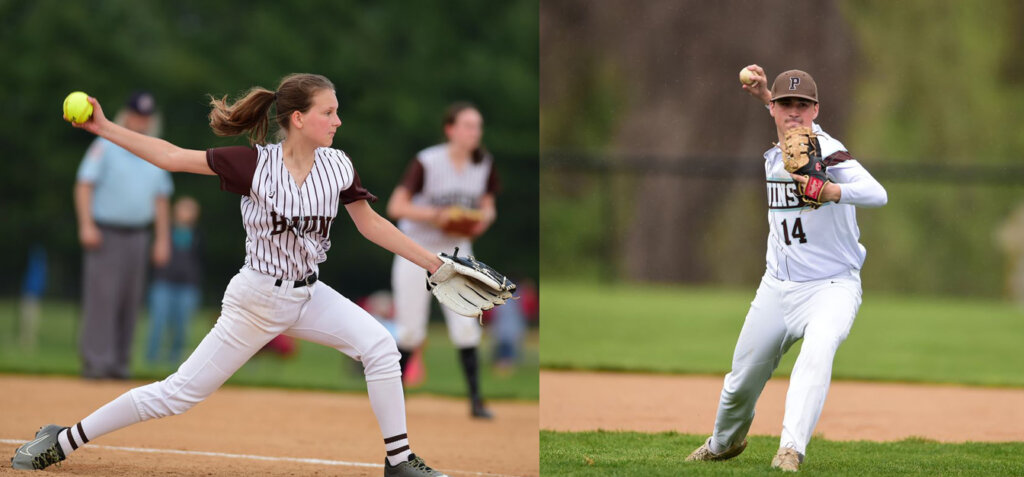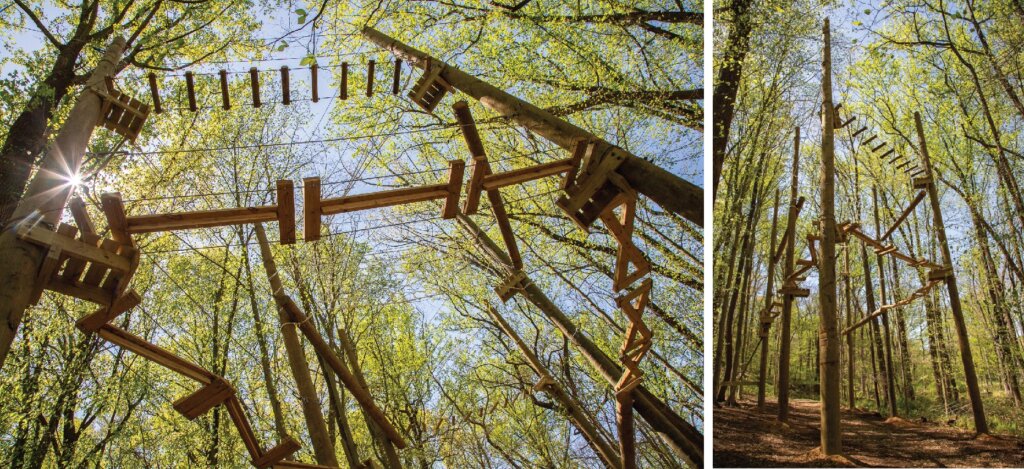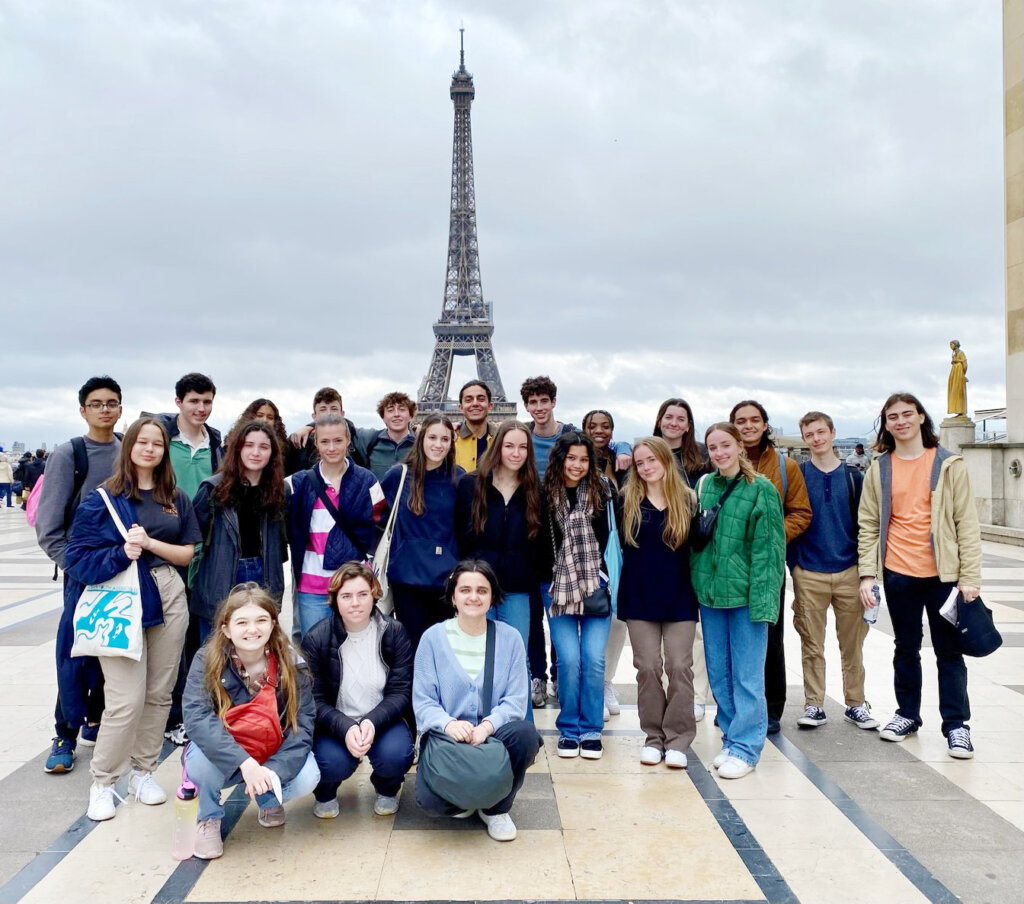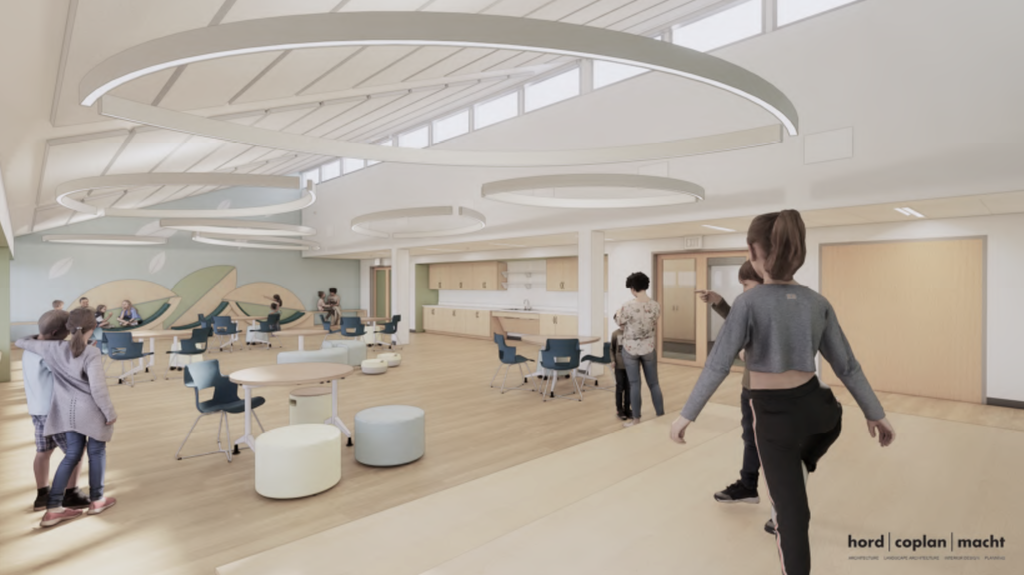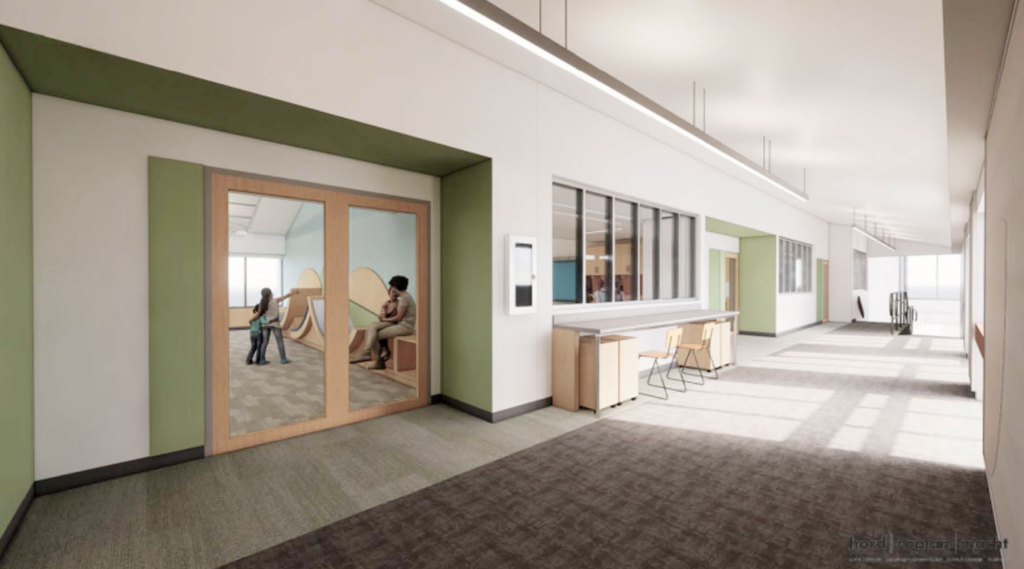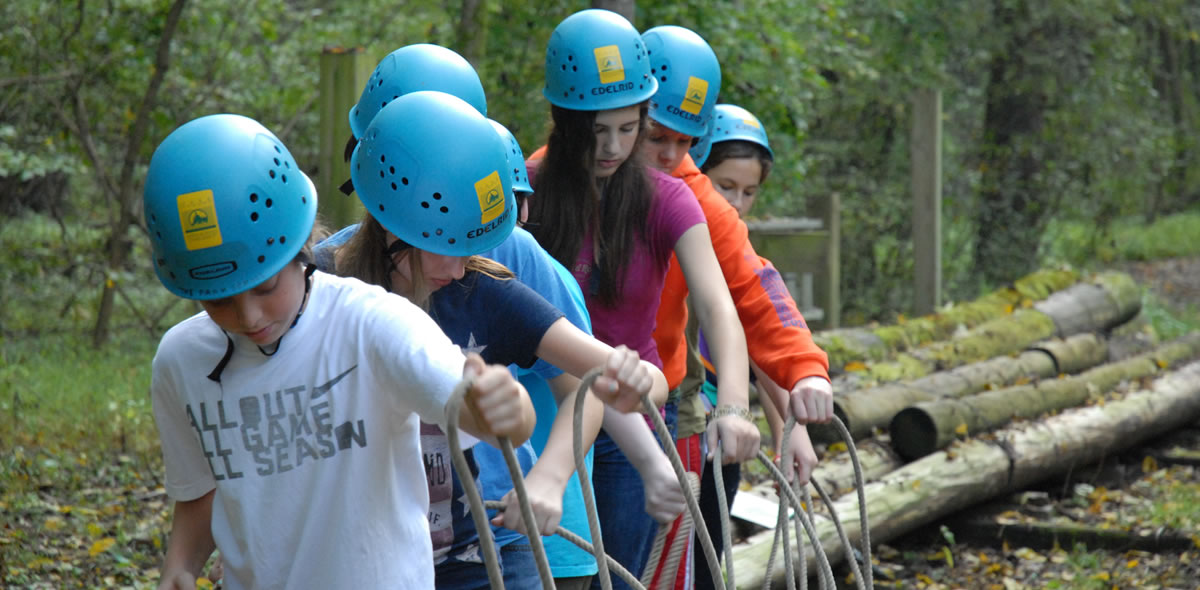The Monarch Journey: A Feature Story from Cross Currents Fall 2024
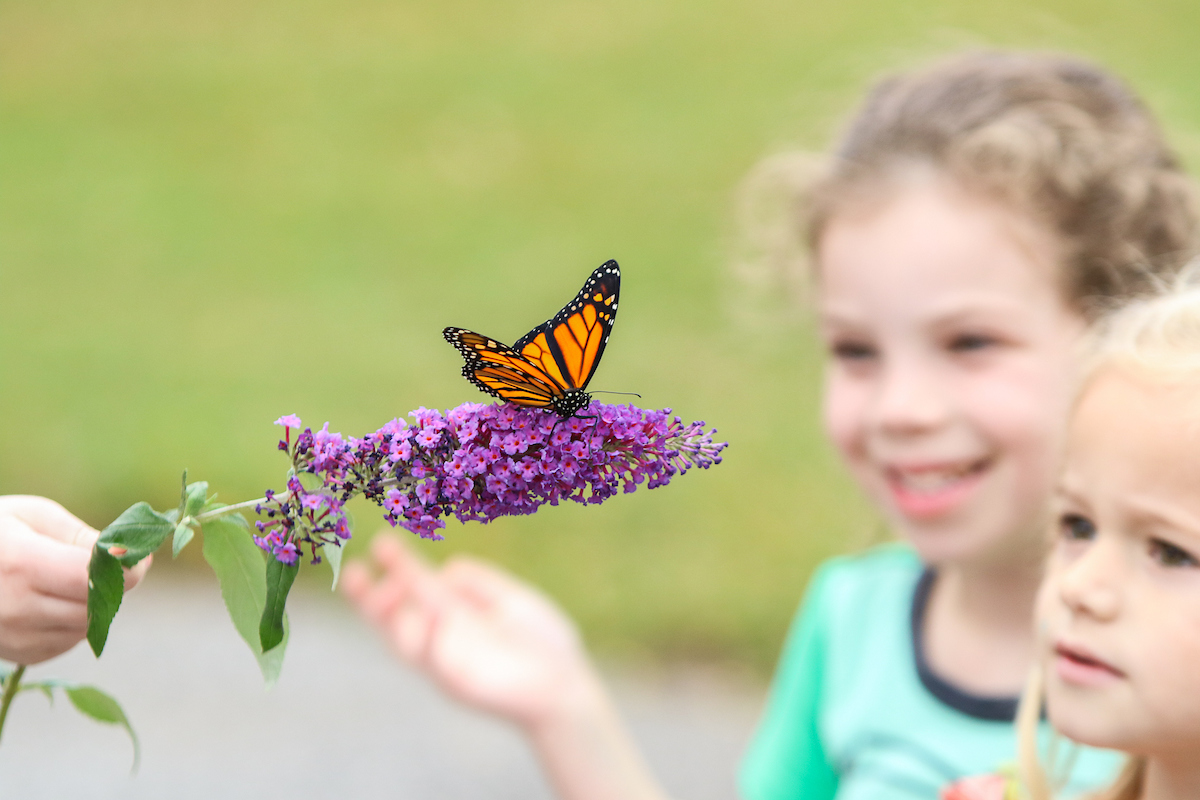
Our Fall 2024 edition of Cross Currents magazine celebrates the work we do at Park supporting young people in becoming confident questioners and responsible citizens of the world. Teachers from each division offer glimpses of how our students develop the skills and confidence in asking questions and experience the joys and confidence in open inquiry. We also share stories from alumni, reflecting on how their time at Park inspired or influenced their professional paths and experiences.
Our Lower School story, The Monarch Journey, written by science teacher Laura Jacoby, is featured below.
The Monarch Journey
“Why do aphids appear on the milkweed?”
“Will the caterpillars fight or eat each other if they are on the same leaf?”
“How long does the chrysalis last and what’s going on in there?”
Our monarch butterfly study in Pre-Kindergarten (Pre-k) and Kindergarten offers an immersive learning experience that connects children to the natural world while embedding essential skills like inquiry, collaboration, and reflection. Through the lens of a butterfly’s life cycle, children not only learn about nature, but also about themselves, their community, and their role as stewards of the environment.
“For our Pre-K and Kindergarten students, the introduction to Park School is really immersing themselves in this full, rich process of ‘wow, we get to go out on campus, find caterpillars and eggs, and we get to sit down together and watch it make a chrysalis,’ says Bonnie Frost, Kindergarten Homeroom teacher. “Everyone gets equally drawn in and experiences watching the life cycle in real-time, and it’s a really good way to come together and form community at the beginning of the year.”
Incorporating the ideas of David Sobel, a leading advocate for place-based education, the monarch study helps children form a deep connection to their local environment — a sense of place. Sobel believes that when children form bonds with their immediate surroundings, it helps to create lifelong advocates for the environment. Through observing monarch butterflies in their own “backyard” — we trudge out through the meadow to the edge of the woods to collect and observe milkweed plants, the exclusive source of food for the monarch butterfly — children gain scientific knowledge while developing a sense of responsibility toward the world around them.
Now, with materials in hand, a key component of the monarch study is the children’s practice of making observational drawings. This activity teaches attention to detail, encourages students to track changes over time, and helps them to recognize patterns in the monarch’s development. As they follow the butterfly’s life cycle, children ask thoughtful questions, opening doors to deeper learning — and connection. As one child enthusiastically stated, “monarchs are my most favorite living creature,” highlighting the emotional bond that forms through this experience.
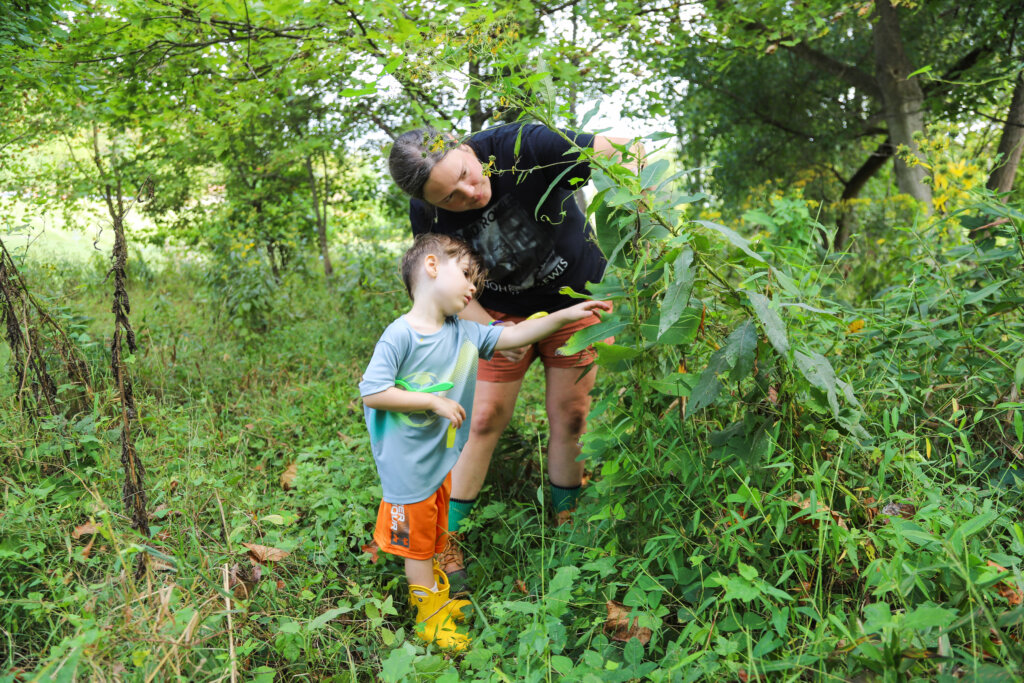
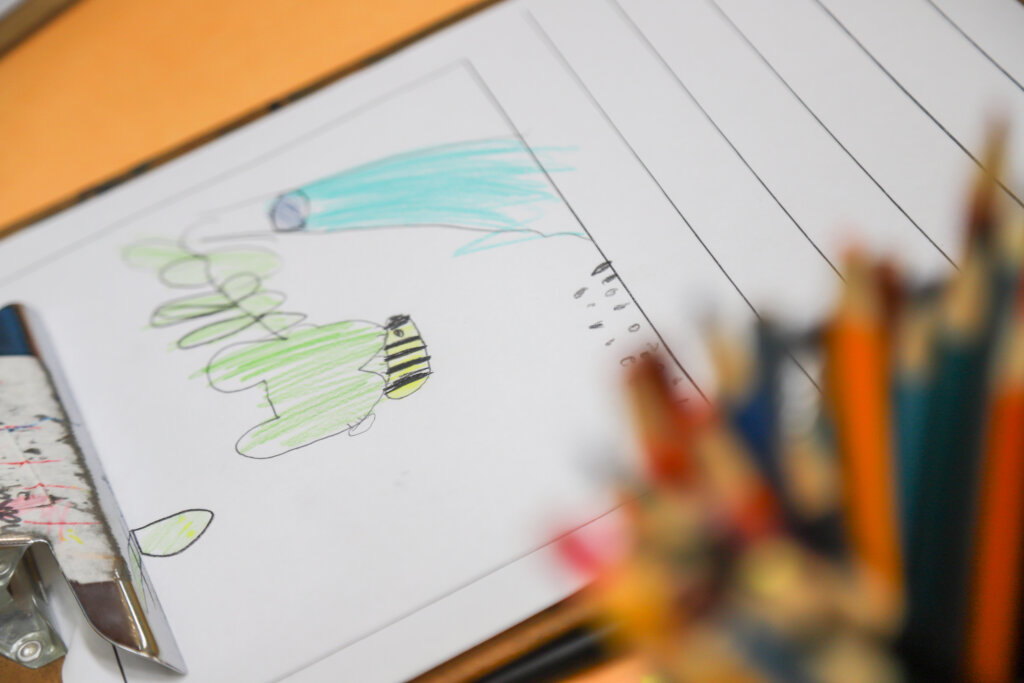
Guided by their natural curiosity, children begin to formulate hypotheses and seek answers through careful observation, research, and discussion. Along the way, they encounter the complexities of nature. Sometimes caterpillars don’t survive, chrysalids fail to develop properly, butterflies emerge malformed, or other atypical events are observed. These moments become opportunities for discussing life lessons on fairness, resilience, and the impact of environmental factors such as habitat destruction.
As they maintain the classroom habitat for the monarch butterfly, children sense that their local actions and observations are part of caring for animals and the environment on a larger scale. When they notice changes in the monarch population, possibly coinciding with the arrival of lantern flies, they engage in real-world problem-solving, exploring how invasive species might disrupt the local ecosystem.
“We certainly are learning about the environment, life cycles, and patterns, but we’re also learning to be gentle, patient, and kind,” says Linda Butler, Pre-Kindergarten Homeroom teacher. “And, we’re learning to say hello and goodbye. We excitedly say hello to the butterflies when they emerge from a chrysalis, and a necessary goodbye when we release them to fly to Mexico. For young children who might not be able to say hello and goodbye to each other yet socially, they observe and practice the importance of greetings with these shared experiences, and it’s a way for them all to feel connected to our classroom community.”
In the first few months of school, the monarch study is embedded into nearly every part of a Pre-K and Kindergarten day. An interdisciplinary experience, it weaves together Spanish (las mariposas!), music, and art with scientific exploration and classroom inquiry. Students’ study of the butterfly touches on social studies, cultural discoveries, math, and literature, both fiction and nonfiction. This rich integration helps children understand broader themes of seasons and cycles.
This year marks the 41st annual Monarch Butterfly Celebration, the culmination of the study. Held in the second week in October, preparation for this pageant of the life of the monarch butterfly is an integral part of the learning process. For the ceremony, each child chooses a role to play within the sphere of a monarch’s life — and the roles vary (somewhat) year to year based on the campus environment. When major construction was taking place on campus, Kindergarten construction workers were part of the celebration. Stink bugs were prominent one year, and that became a costume, too. And, of course, with the year of the lanternfly, we welcomed the distinct spotted bug into the festivities this fall. Paying constant attention to the world around them, and learning from what they observe, students gain autonomy and artistic and creative freedom in choosing their own roles and costumes.
The celebration fosters a sense of common purpose among Pre-K and Kindergarten students. Families, older siblings, and Lower School reading partners attend the dramatization of the monarch’s life cycle, with Upper School seniors participating in the program. When asked if he would be interested in playing in the orchestra for the celebration, senior Jonah Kelemen responded, “The Monarch Celebration was such an iconic event for me in Kindergarten, so circling back and playing in this would mean the world to me.”
The monarch study for our youngest students is a rich learning experience that aligns with Park’s mission and principles of place-based education. Through this engaging, local experience, children develop a connection to the campus environment that is both personal and globally significant. They learn to observe, ask questions, and seek explanations, encouraging a lifelong understanding of the impact of human actions on the world around them.
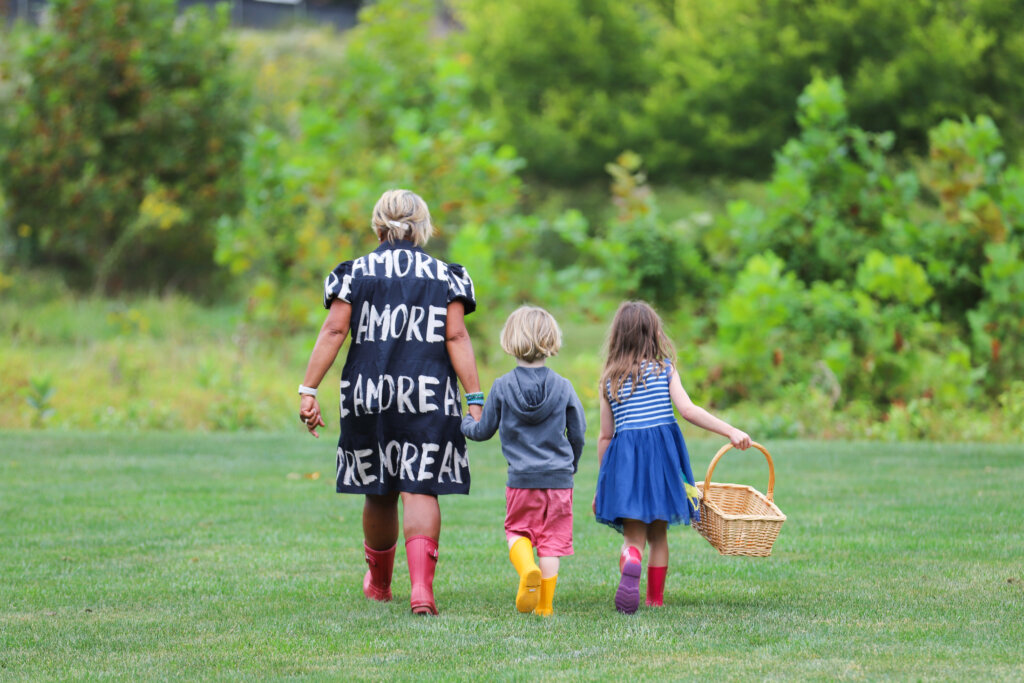
“We learned that the monarch butterfly actually remembers experiences it learned as a caterpillar, and that reminds me so much of these young children. They’re going to remember some part of this immersive study when they get older,” says Linda. “And they’re going to carry it with them, always.”
A History of the Monarch Butterfly Celebration
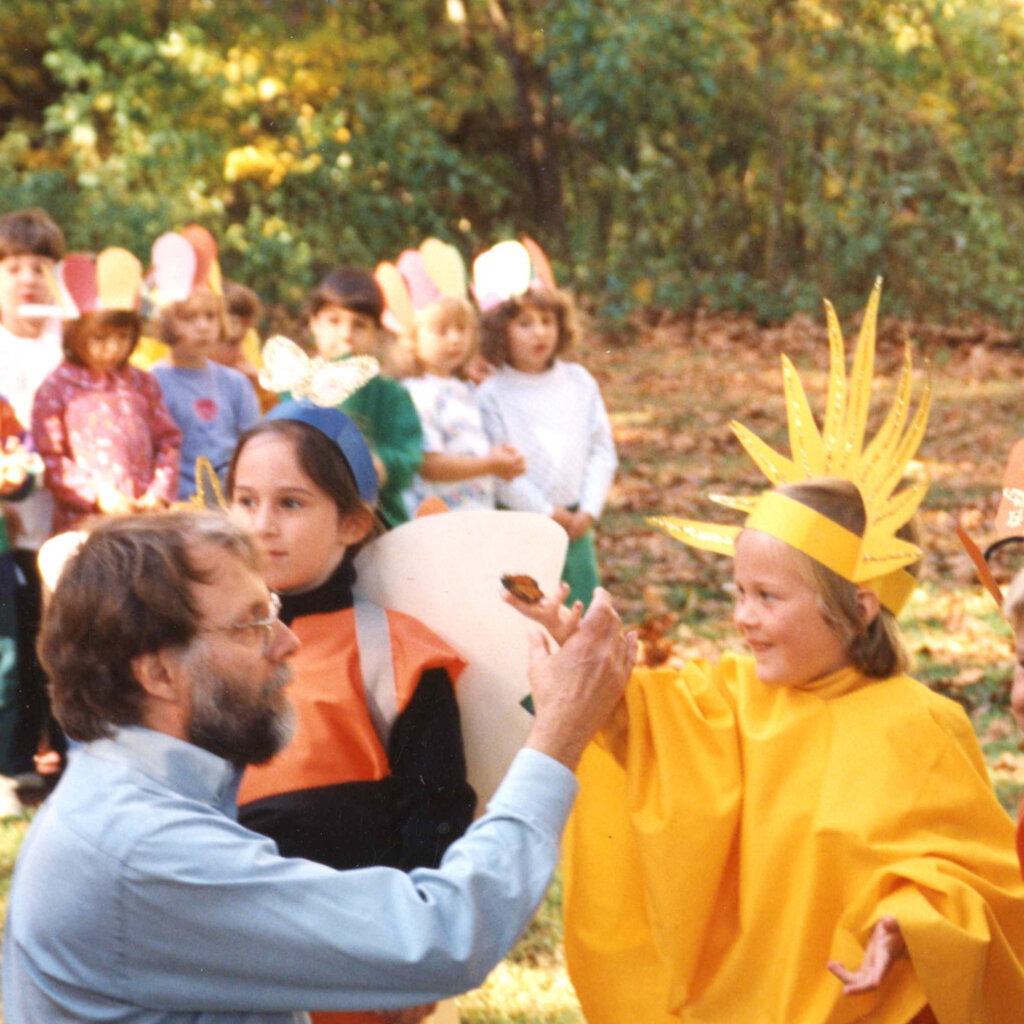
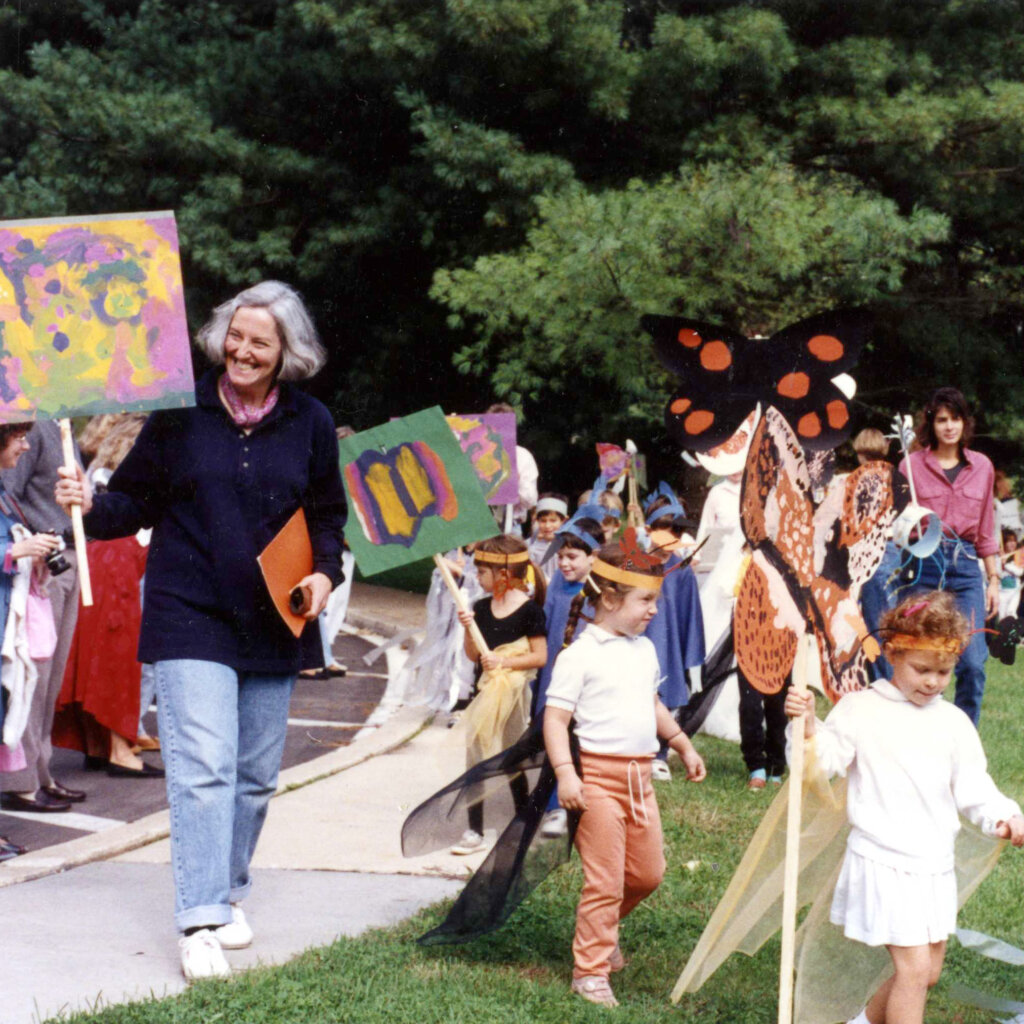
Hillary Barry and Peter Babcox started exploring the world of the monarch butterfly with their Kindergarten class in 1982. “The facts are irresistibly interesting. The creature begins life as an egg no larger than a grain of sand. Within a mysterious biochemistry an entirely different being is created,” Hillary said in the 2013 Centennial Brownie. Fascinated by the monarch’s life cycle, they created a new curricular focus and experience for the Kindergarten community.
Their first celebration in the fall of 1983 took the form of a parade down to the bridge over the stream to send good wishes with the monarch as it began its journey south and west to the mountains of Central Mexico. “After wishes and a song, ‘Now In The Autumn Light,’ which Peter wrote, we sat outside and ate chocolate cake baked for the occasion,” Hillary said in a 2018 interview with Becky Lichtenstein ’86.
Successive festivals became increasingly elaborate, including an original script, also written by Peter, and more songs, like the timeless “Fuzzy, Fuzzy Caterpillar.” Children started wearing costumes of their own creation that represented the monarch and the creatures of the woods and meadow.
In the earlier years, Park’s Kindergarten parent community was heavily involved in the experience, playing a variety of instruments in the orchestras, helping to make costumes, and choreographing dances. “For us and the children, the allure, the beauty, the thrill of discovery was always the motivation to keep exploring and learning about this extraordinary creature and the process of metamorphosis,” said Hillary.
Hillary retired in 2010, and Peter a few years before her in 2004, but the Monarch Celebration continues. Jo Anne Yamaka, another former long-time Kindergarten teacher, noted in the 2013 Centennial Brownie that, “[the monarch study] combines rigorous study with joyful celebration and embodies the wonders of nature, the magic of childhood, and the very spirit of Park School.”
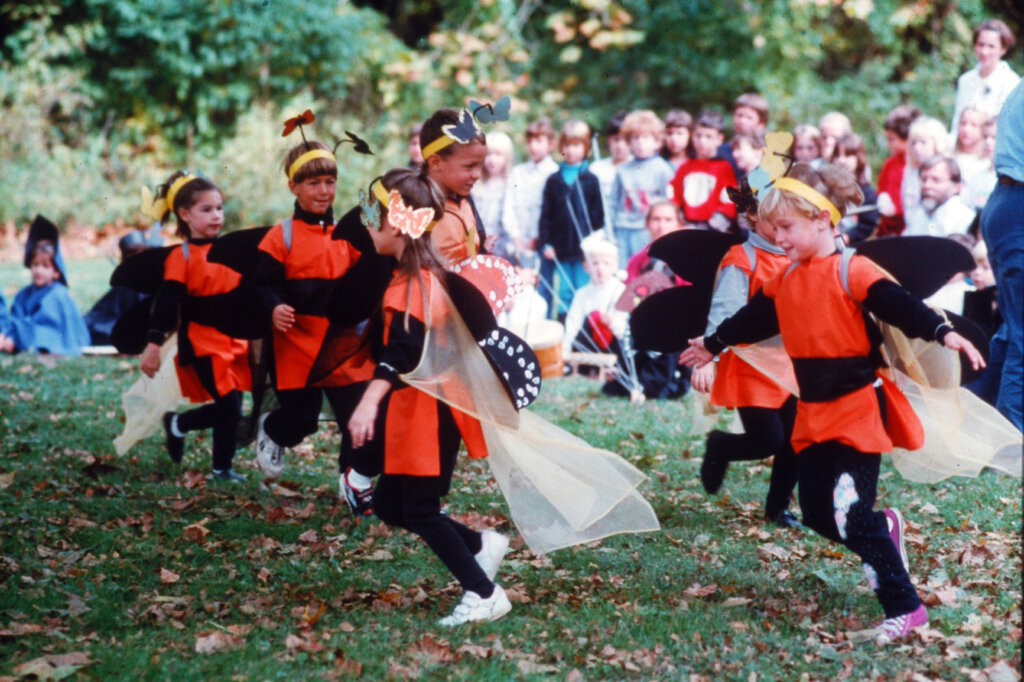
Find the full Fall 2024 issue of Cross Currents here.
Back to The LatestShare
Related Posts
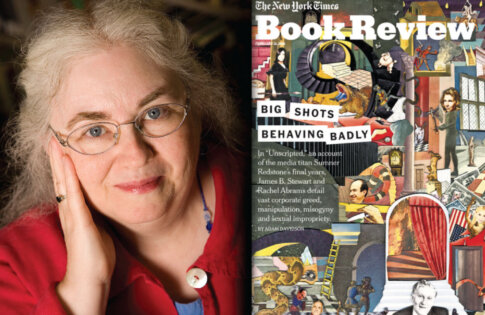
Newbery Medal-winning author and Park Lower School librarian Laura Amy Schlitz reviewed a new book by renowned children’s author Lois Lowry (Number the Stars, The Giver) in yesterday’s New York Times. Read Laura’s full...
